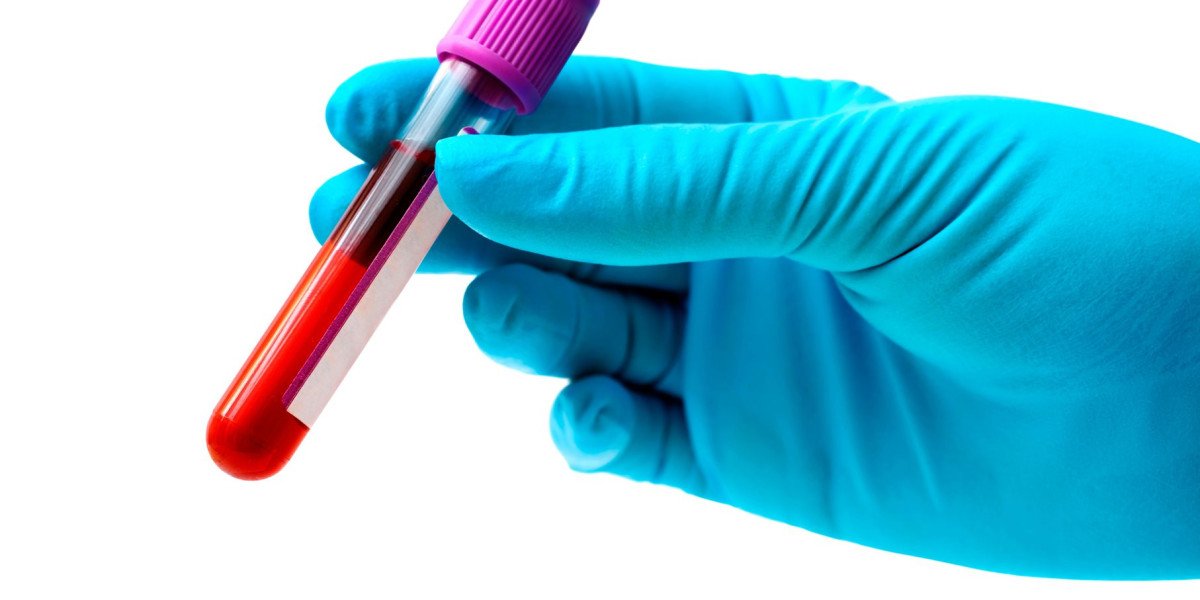In this article, we will explore the essential role that physical therapy plays in post-surgery knee pain treatment and recovery, discussing the various techniques and strategies employed to optimize healing and improve long-term outcomes.
Why is Physical Therapy Important After Knee Surgery?
After knee surgery, whether it’s a minimally invasive procedure or a more complex operation, the knee joint undergoes significant trauma. Scar tissue forms, muscles become weak from disuse, and the joint may experience stiffness and swelling. Post-surgery rehabilitation is critical to ensure the knee heals correctly and to help patients regain full functionality.
Physical therapy is an integral part of the recovery process for several reasons:
Restoring Range of Motion: Following surgery, the knee can become stiff, limiting its ability to bend and straighten fully. Physical therapy focuses on restoring flexibility and improving the range of motion.
Strengthening Weak Muscles: After surgery, the muscles around the knee, particularly the quadriceps, hamstrings, and calf muscles, may become weak due to immobility. Physical therapy strengthens these muscles, providing better support for the knee joint.
Pain Management: Physical therapists use a variety of techniques to manage post-surgical pain and reduce inflammation, helping patients move more freely and without discomfort.
Preventing Complications: Proper rehabilitation helps prevent issues such as blood clots, muscle atrophy, and joint instability, which can occur if the knee is not properly rehabilitated.
Improving Function and Quality of Life: The ultimate goal of physical therapy is to restore function, reduce pain, and improve the patient's overall quality of life, enabling them to return to daily activities, work, and recreation without limitations.
At Paul Wiener Physical Therapy in Hackensack, the goal is to provide customized care to help you achieve the best possible recovery after knee surgery. Whether you’ve undergone a knee replacement, ligament repair, or any other knee-related surgery, physical therapy ensures that you regain strength, mobility, and independence.
The Stages of Post-Surgery Knee Rehabilitation
Post-surgery knee rehabilitation typically progresses in stages. Each stage of rehabilitation plays an essential role in ensuring that the knee heals properly, and physical therapy is designed to guide patients through each stage. Below are the general stages of post-surgery knee recovery:
1. Acute Phase (0-2 Weeks Post-Surgery)
The initial stage of recovery focuses on managing pain, swelling, and inflammation. During this phase, the patient’s mobility is limited, and the goal is to protect the surgical site while beginning gentle movements to prevent stiffness.
Physical therapy goals during this phase include:
Pain Control: Techniques such as ice therapy, electrical stimulation, and gentle massage help manage pain and swelling.
Restoring Early Mobility: Gentle, controlled exercises to restore some movement in the knee without overloading the joint. The therapist may work on bending and straightening the knee as much as possible without causing pain.
Preventing Stiffness: Light stretches and passive range-of-motion exercises can help prevent joint stiffness and maintain flexibility.
At Paul Wiener Physical Therapy, our therapists emphasize gentle movements in this early phase, ensuring that healing occurs while avoiding any strain on the knee.
2. Recovery Phase (2-6 Weeks Post-Surgery)
As the body begins to heal, physical therapy as knee pain treatment Hackensack progresses to more active rehabilitation. The focus is on improving mobility, strength, and flexibility. At this stage, patients are often able to bear more weight on the knee, and therapy becomes more dynamic.
Physical therapy goals during this phase include:
Increasing Range of Motion: Working to restore the knee’s full range of motion by incorporating more stretching and active movement.
Strengthening Muscles: Focusing on the quadriceps, hamstrings, and calf muscles to support the knee joint. Exercises such as straight leg raises and squats may be introduced to build muscle strength.
Improving Balance and Stability: Balance exercises, such as standing on one leg or using balance boards, are introduced to help stabilize the knee and improve function.
During this phase, physical therapists at Paul Wiener Physical Therapy use manual techniques and targeted exercises to help patients regain control of their knee movements and strengthen surrounding muscles.
3. Strengthening Phase (6-12 Weeks Post-Surgery)
By this stage, the patient should have improved flexibility and mobility, and the focus of physical therapy shifts to more intense strengthening exercises. These exercises help ensure that the knee is supported and able to handle the demands of everyday activities.
Physical therapy goals during this phase include:
Building Muscle Strength: Exercises like lunges, squats, and leg presses help build strength in the quadriceps, hamstrings, and other key muscles that support the knee.
Functional Movements: Exercises are tailored to help patients perform everyday activities, such as climbing stairs, walking, or getting in and out of a car, with greater ease.
Improving Endurance: Gradual aerobic exercises, like cycling or walking, are introduced to build endurance and help the patient return to more active pursuits.
Paul Wiener Physical Therapy ensures that strengthening exercises are carefully monitored and customized for each patient’s needs, with a focus on preventing overexertion and avoiding injury.
4. Return to Activity Phase (3-6 Months Post-Surgery)
In this phase, patients are typically able to resume most of their daily activities and may be ready to return to sports or recreational activities. The primary focus is on ensuring that the knee has the strength, stability, and endurance needed for these more intense activities.
Physical therapy goals during this phase include:
Advanced Strengthening: Performing higher-intensity exercises to prepare the knee for sports or more vigorous activities.
Functional Training: Activities that mimic the movements required for specific tasks, such as running, jumping, or squatting.
Preventing Re-Injury: Incorporating techniques to prevent overuse and re-injury, including flexibility training, agility drills, and sport-specific exercises.
At Paul Wiener Physical Therapy, therapists provide the necessary support to help patients transition back to their usual activities safely and with confidence.
Techniques Used in Post-Surgery Knee Rehabilitation
Paul Wiener Physical Therapy employs a variety of specialized techniques to enhance post-surgery knee recovery, including:
1. Manual Therapy
Manual therapy techniques, such as joint mobilizations and soft tissue manipulation, help reduce pain, improve flexibility, and restore proper joint mechanics. These hands-on techniques can be particularly beneficial in the early stages of recovery to reduce stiffness and promote healing.
2. Therapeutic Exercises
Therapeutic exercises are the cornerstone of knee rehabilitation. These exercises are designed to strengthen the muscles around the knee, improve balance, and restore mobility. Physical therapists at Paul Wiener Physical Therapy develop customized exercise programs to meet each patient’s specific needs, gradually increasing the intensity as the knee heals.
3. Electrical Stimulation and Modalities
Electrical stimulation can be used to activate the muscles, reduce pain, and promote healing in the tissues surrounding the knee. Additionally, other modalities such as ultrasound, ice, and heat therapy are commonly used to manage inflammation and promote recovery.
4. Gait and Movement Retraining
If post-surgery patients develop abnormal movement patterns or poor gait mechanics, physical therapists work with them to correct these issues, ensuring proper alignment and preventing strain on the knee joint.
Why Choose Paul Wiener Physical Therapy for Post-Surgery Knee Rehabilitation in Hackensack?
At Paul Wiener Physical Therapy, we are dedicated to providing the highest level of care for Hackensack residents recovering from knee surgery. Here’s why you should choose our clinic for your post-surgery rehabilitation:
Experienced Therapists: Our team of licensed physical therapists has extensive experience working with patients recovering from knee surgery, offering personalized care at every stage of recovery.
Customized Treatment Plans: We develop individualized knee pain treatment Hackensack programs tailored to your surgery type, recovery goals, and overall health.
State-of-the-Art Equipment: Our clinic is equipped with the latest tools and technology to provide the most effective and efficient rehabilitation possible.
Comprehensive Care: From pain management to strength training and functional exercises, we offer a holistic approach to knee rehabilitation.
Conclusion
Post-surgery knee pain recovery requires a careful and structured approach, and physical therapy is the key to restoring strength, mobility, and overall function. For Hackensack residents, Paul Wiener Physical Therapy provides expert care to help patients recover from knee surgery, manage pain, and regain full functionality. Whether you’ve had a knee replacement, ligament repair, or another type of knee surgery, our dedicated team is here to guide you through every phase of your recovery.
If you're recovering from knee surgery, contact Paul Wiener Physical Therapy today to schedule a consultation and start your journey toward a full recovery.








